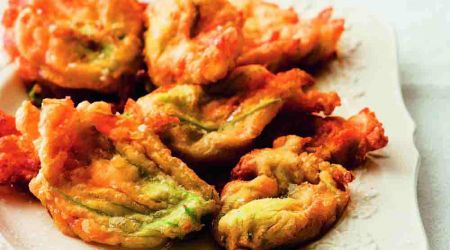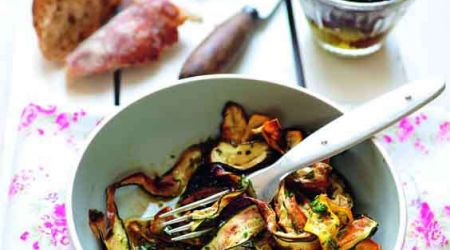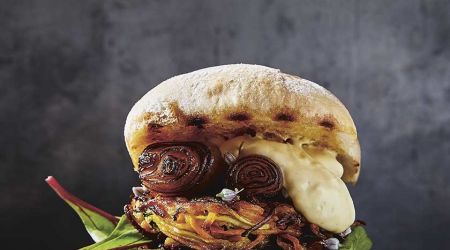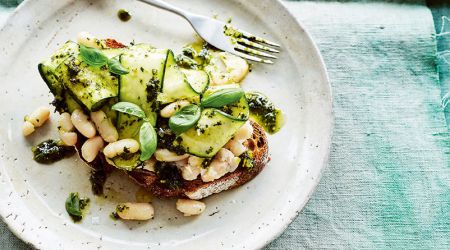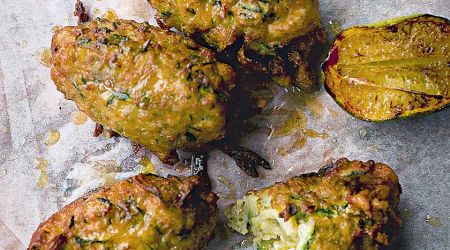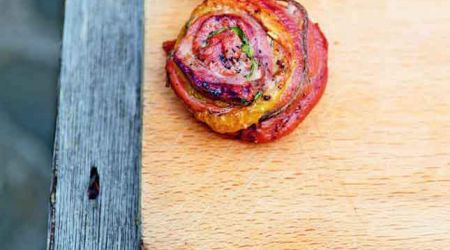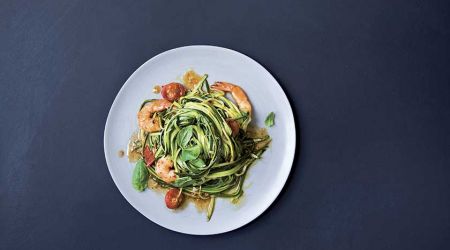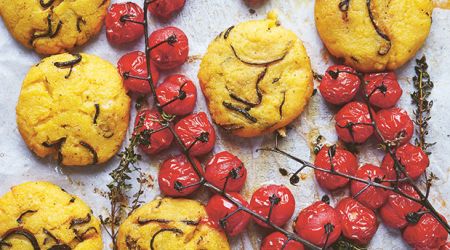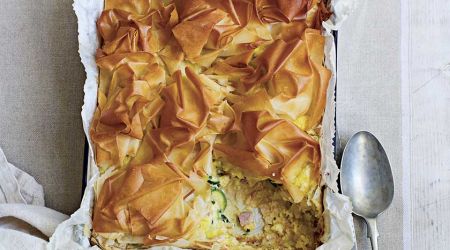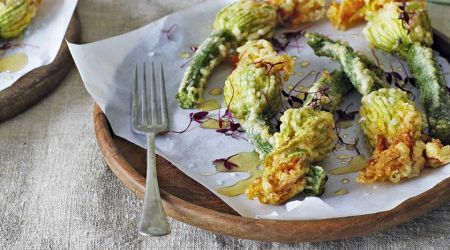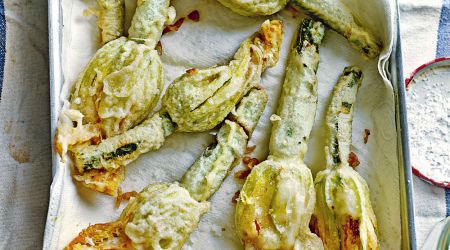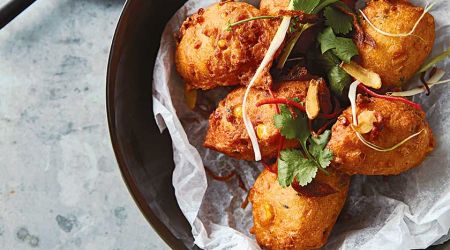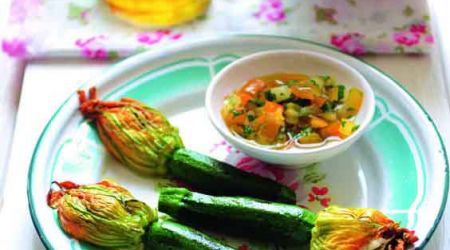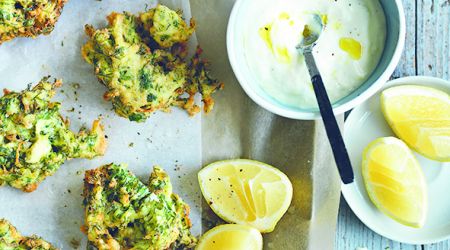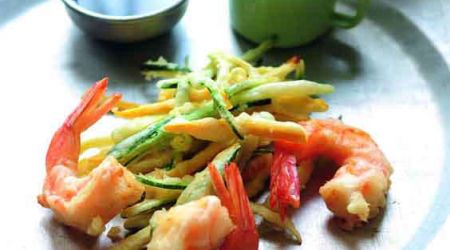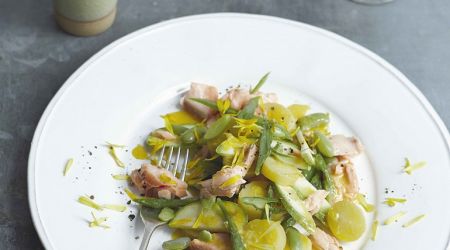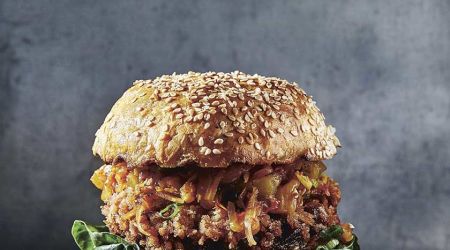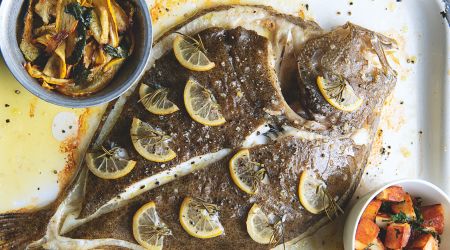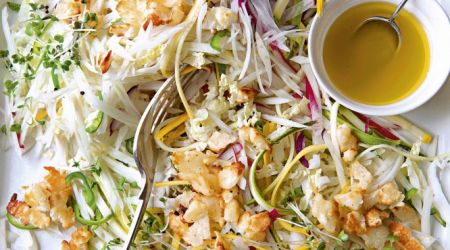Courgettes
The allure of these beautiful, and incredibly diverse, mini marrows is unrelenting, says Rosemary Barron.
Among the many reasons to welcome those balmy summer days is the appearance of the beautiful, yellow-gold flowers and delicate, green courgettes on a plant quite magical in its ability to grow so fast and be so generous with its resulting bounty. Which other fruit can be fried, baked, steamed or grilled, battered or stuffed; turned into a stew, pasta sauce, soup, soufflé or pie; be made into a bread, cake or salad, and have its flowers fried, stuffed or used to brighten an omelette?
It’s almost impossible now to entertain the quaint notion that a cook might not know of a courgette. But, even in the 1970s, a courgette (the diminutive of courge, French for marrow) or zucchini (Italian, see Wit & wisdom) was still an exotic ingredient in British cookery. We were familiar with marrows but, for some reason, our gastronomic endeavours included only those at least 25cm long. In fact, the larger and fatter they were, the greater the pride of the gardener and the greater the need for an imaginative cook. Marrows are tasteless compared to courgettes, so perhaps this says more about our love of gardens in those days than our palates.
Although a few intrepid cooks (mostly, French chefs working here) praised courgettes, it was Elizabeth David who encouraged us to love them by explaining how to choose the best ones, and how to cook them in simple and delicious ways. Usually called a vegetable, the courgette is, in fact, an immature fruit that grows from the female flower. It’s a member of the botanical family, Cucurbitaceae, genus cucurbita, native to central and South America, which contains about 25 species of squash – and the cucurbita pepo (meaning a fleshy, berry-like structure) such as the pumpkin, or the cultivated vegetable marrow. The marrow is said to have been brought to Europe by Christopher Columbus, but it was Italian and, later, French gardeners who cultivated the courgette, a variety of marrow that could be gathered when still young. In effect, a courgette is an immature marrow, picked when the flesh is sweet and firm, and before seeds and pith have begun to form.
Young, fresh, tiny (3-6cm) courgettes need no more than a few minutes of gentle cooking in olive oil or butter and a sprinkling of sea salt, pepper and fresh herbs. In Greece, these small gems are baked whole, in olive oil, and eaten warm as a side dish to meats, or cold, bathed in their cooking juices and sprinkled with lemon juice, rigani (Greek oregano) and parsley, as a salad or mezze. A Roman idea for larger ones (6-10cm long), is to cut them into ‘straws’, fry in hot oil, and serve piled high, as a snack. Courgettes have a delicate flavour that is given cadence in gratins (cooked in butter, layered with cream, with a dusting of cheese), fritters (battered or lightly-floured, and served with yoghurt) or baked – alone, or with aubergines, tomatoes and peppers.
They have, too, a wonderful ability to soak up flavours, and to complement them. Courgettes are an essential ingredient in the French dish, ratatouille (with gently-stewed aubergines, onions, peppers, tomatoes, herbs) and its cousin, the Spanish sauce, pisto (used, too, as a versatile filling in pies or with eggs). Few summer dishes surpass a platter of courgette rounds lightly sautéed in olive oil and served with a tomato, garlic and basil sauce or pounded anchovies, capers, garlic, pine kernels and herbs. Or finish fried courgettes with a little honey and wine vinegar for a flavour that transports you to ancient Greece. Cut them in half and fill with a herb, spice, rice and, sometimes, meat mixture. Stuffed courgettes (papoutsakia in Greek, or ‘little slippers’) are baked alone or with other stuffed vegetables and can also be filled with breadcrumbs, cheese and herbs before baking. Courgettes are also a scrumptious and inexpensive filling in frittata (baked omelette) and filo pies, and a nutritious addition to stir fries.
The courgette plant provides us with edible flowers, too. The first to appear are the male flowers on long stems. These are the best ones for stuffing as the stem, trimmed to 1cm, keeps the flower intact. Female flowers, easily distinguishable by a bulge at the stem end – the future courgette – tend to rip as they are removed from the fruit, so try frying these either in a light batter or dusted with flour. In Mediterranean markets you can buy bunches of these glorious, deep-gold (male) courgette flowers but you can rarely find them here. Grow your own or find a friend who grows them; they wilt very quickly. Before stuffing or frying the flowers, carefully remove the stamens (or pistils, in the female flower) stuff lightly with rice, and bake gently with a little water and seasoning, or their delicate flavour is easily overwhelmed. Mexican cooks add the flowers to omelettes and soups.
When shopping, choose small, firm courgettes, with a soft skin (hard skin is a sign it’s turning into a marrow) and a fresh-looking cut at the stem. With care, courgettes are easy to grow in a small space or on a compost heap. The fruits range in colour from white to yellow to dark green; they can be round, bottle-shaped or long and thin, striped or ridged. Deliciously diverse, what’s not to love about the courgette?
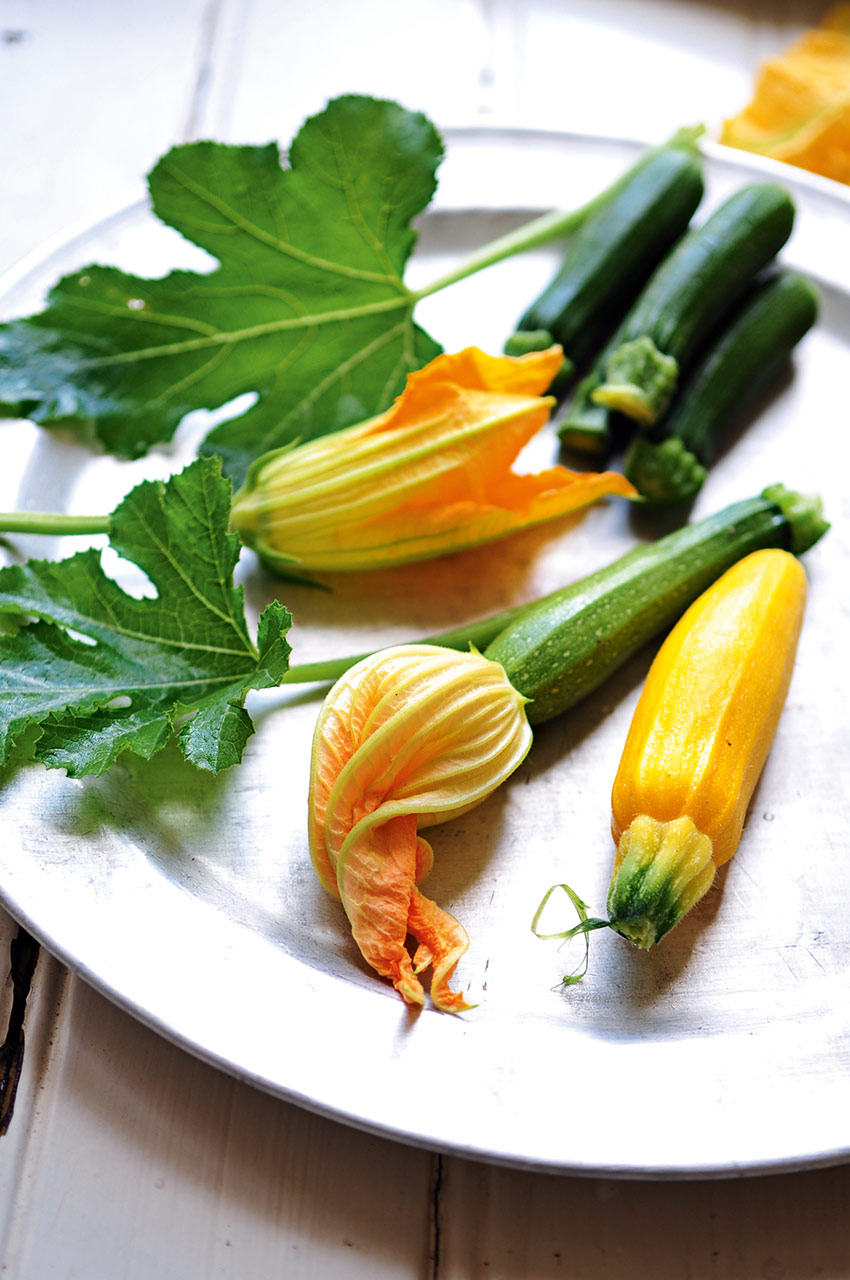
Recipes
Get Premium access to all the latest content online
Subscribe and view full print editions online... Subscribe

